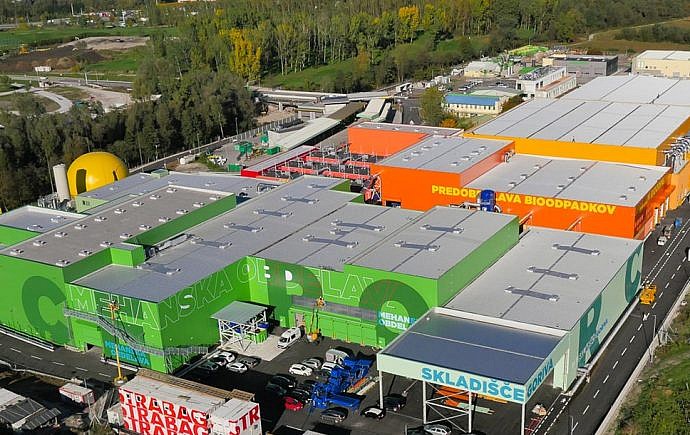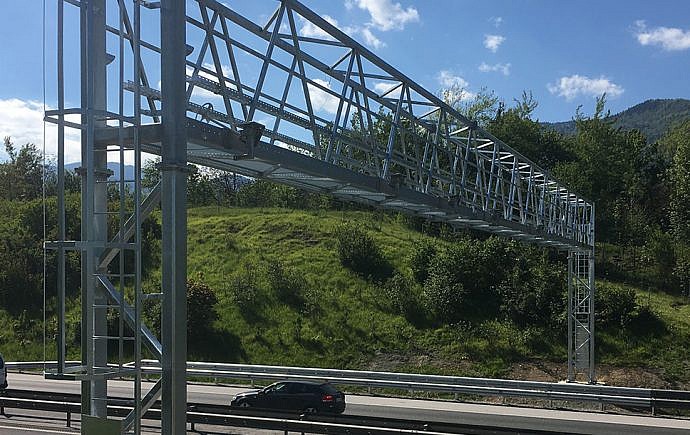Public infrastructure cadastre maintenance is a process of updating the application equipment and the public infrastructure cadastre, in which data on networks and associated facilities are kept by the owners or operators or providers of public utility services in the field of water and sewage networks, roads, hot water and gas networks, electronic communications, public lighting networks, etc.
Good and efficient public infrastructure management is possible only with an up-to-date database of infrastructure and quality application equipment (geospatial information system).
When maintaining the public infrastructure cadastre, LGB implements:
- obtaining new data or changes on public infrastructure based on a public infrastructure survey or taking over existing data
- updating the data model of the infrastructure and taking care of editing and updating infrastructure databases
- updates of application software to support public infrastructure cadastre management
When to maintain a public infrastructure cadastre?
Maintaining a public infrastructure cadastre is required when:
- you want to obtain an effective and up-to-date record of the network and facilities of the public infrastructure you operate
- you need to calculate the actual capacity and therefore the utilization of your public infrastructure network
- you need regular support to calculate the depreciation of fixed assets operated by public utility services
- you need up-to-date data to create project documentation, consent or other information related to the infrastructure you are operating
- you need an effective tool for communicating data for the development of the spatial development strategy of the municipality and spatial planning documents of the municipality
Why to maintain a public infrastructure cadastre?
The public infrastructure cadastre should be maintained so that you can:
- at all times have the actual status of the occupancy and development of networks and facilities of your public infrastructure
- achieve a rational use of financial resources for maintenance and investment in public infrastructure through a high-quality database
- acquired a tool for effective support for analysis and decision-making in the management and governance of your public infrastructure
- fulfil legal obligations


